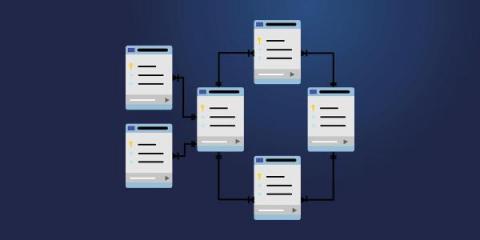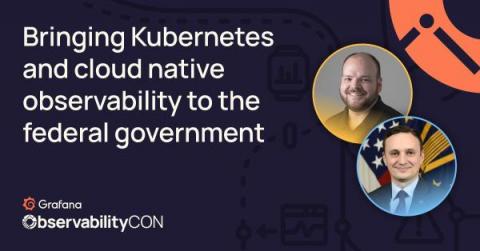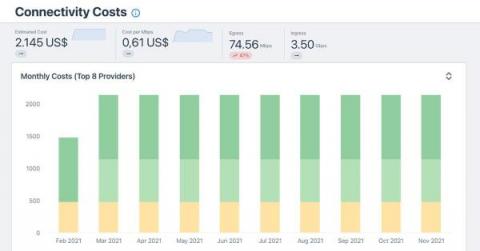What Professionals Need to Know About IT Asset Lifecycle Management
Companies typically seek to create centralized systems to manage IT assets, including not only hardware, software, networks, and infrastructure, but also important data. Complete control over such a complex environment is often difficult -- if not impossible -- to achieve, but proper asset management protocols can help organizations edge closer to that goal. Asset management makes it easier to manage budgets, utilize analytics, protect data, and optimize the IT environment.










